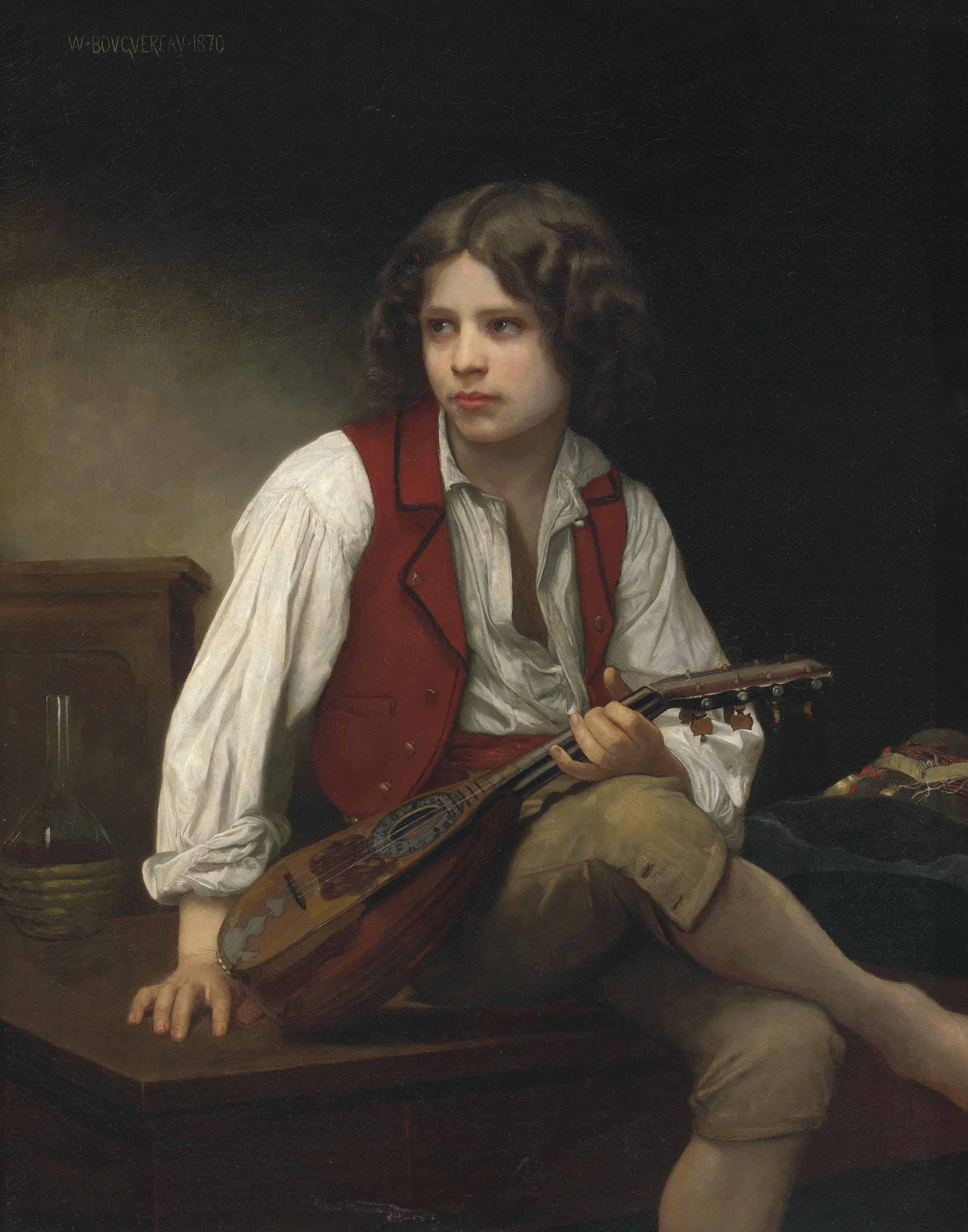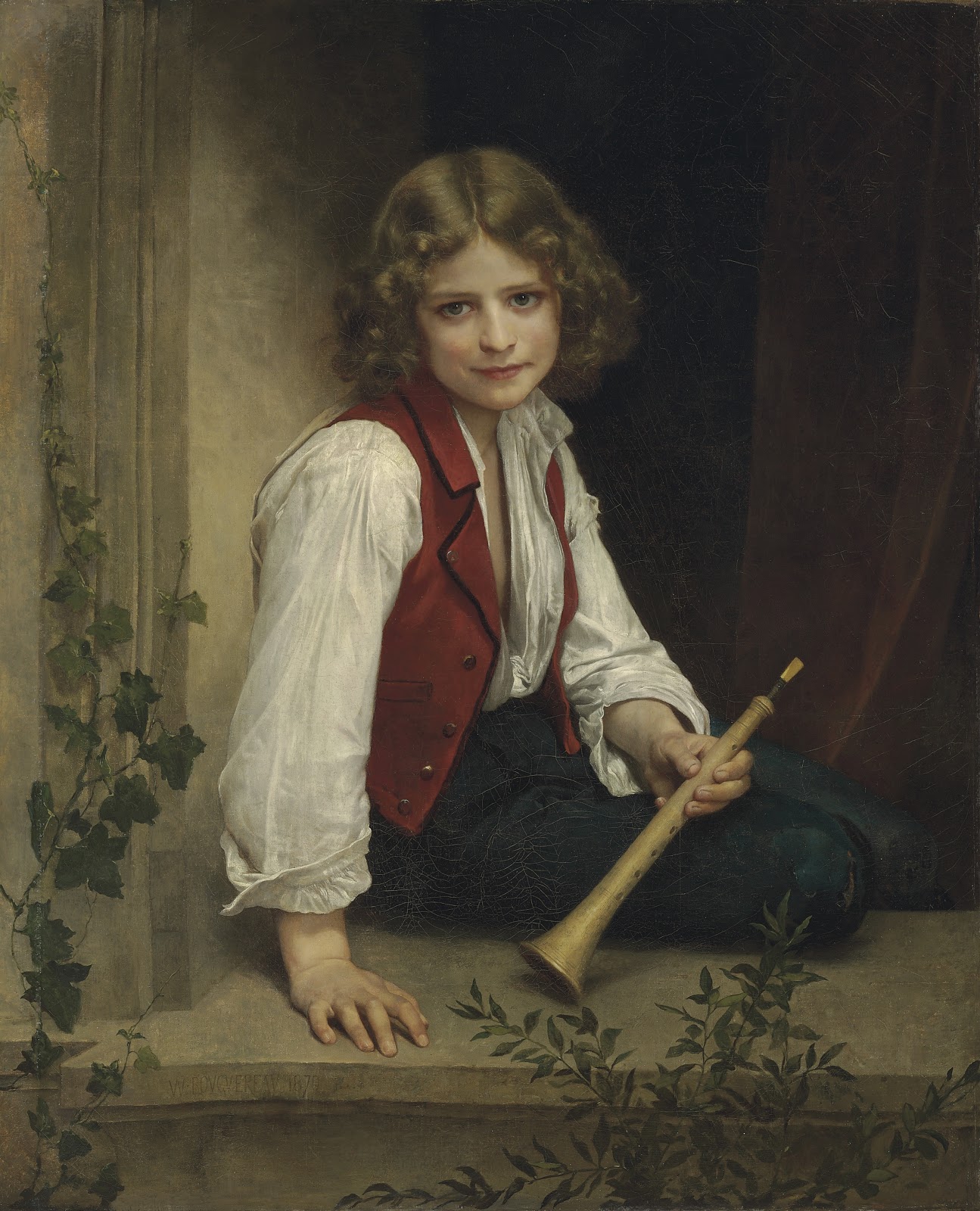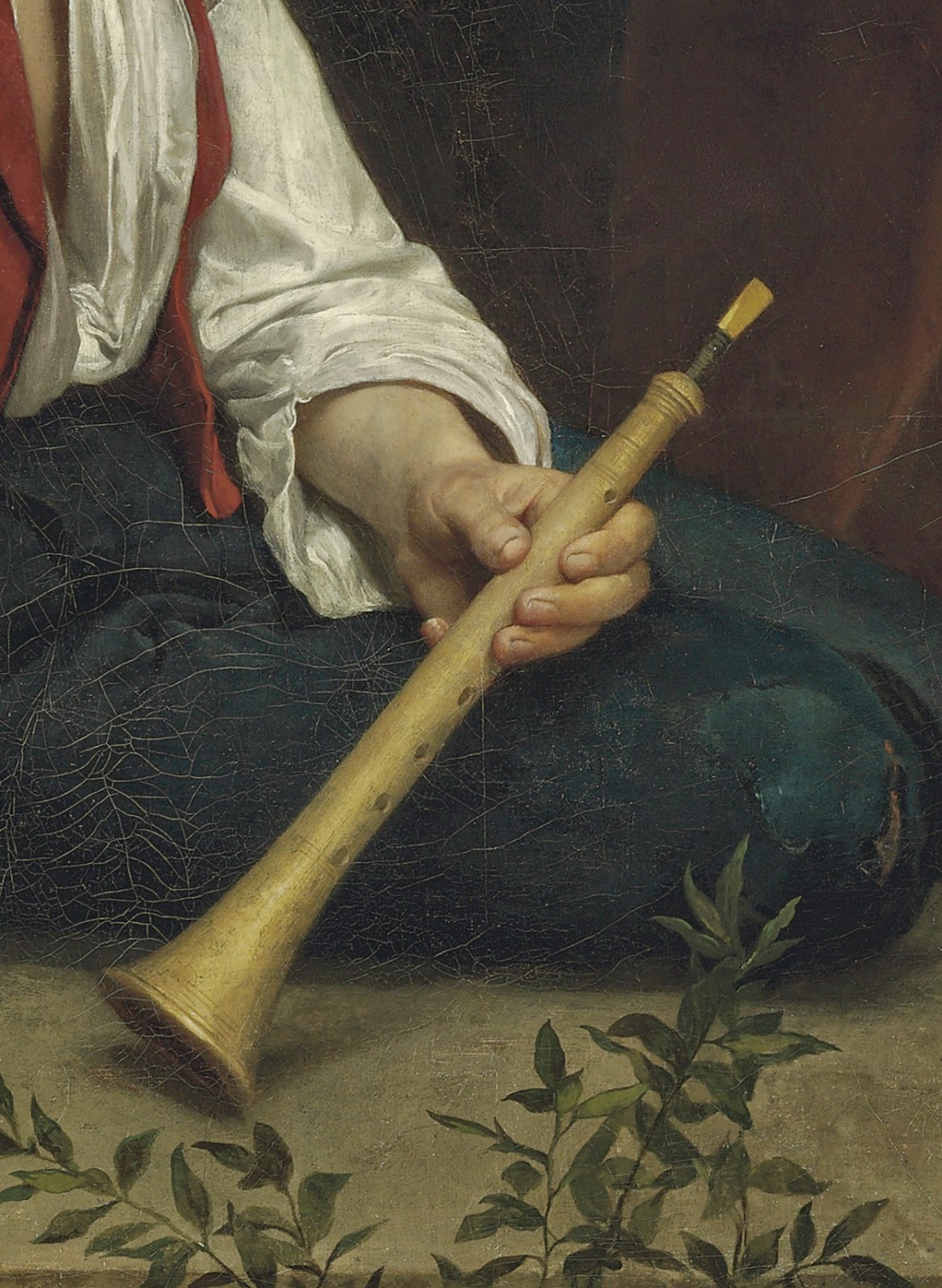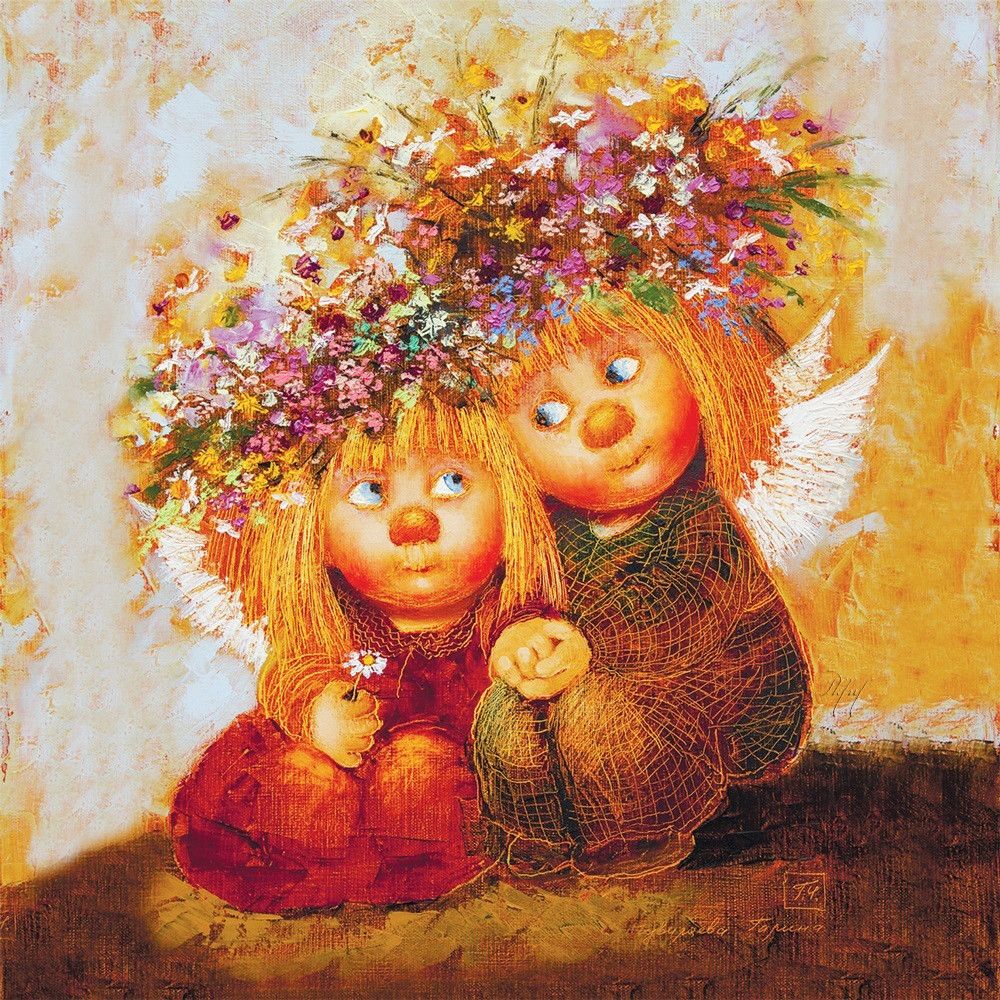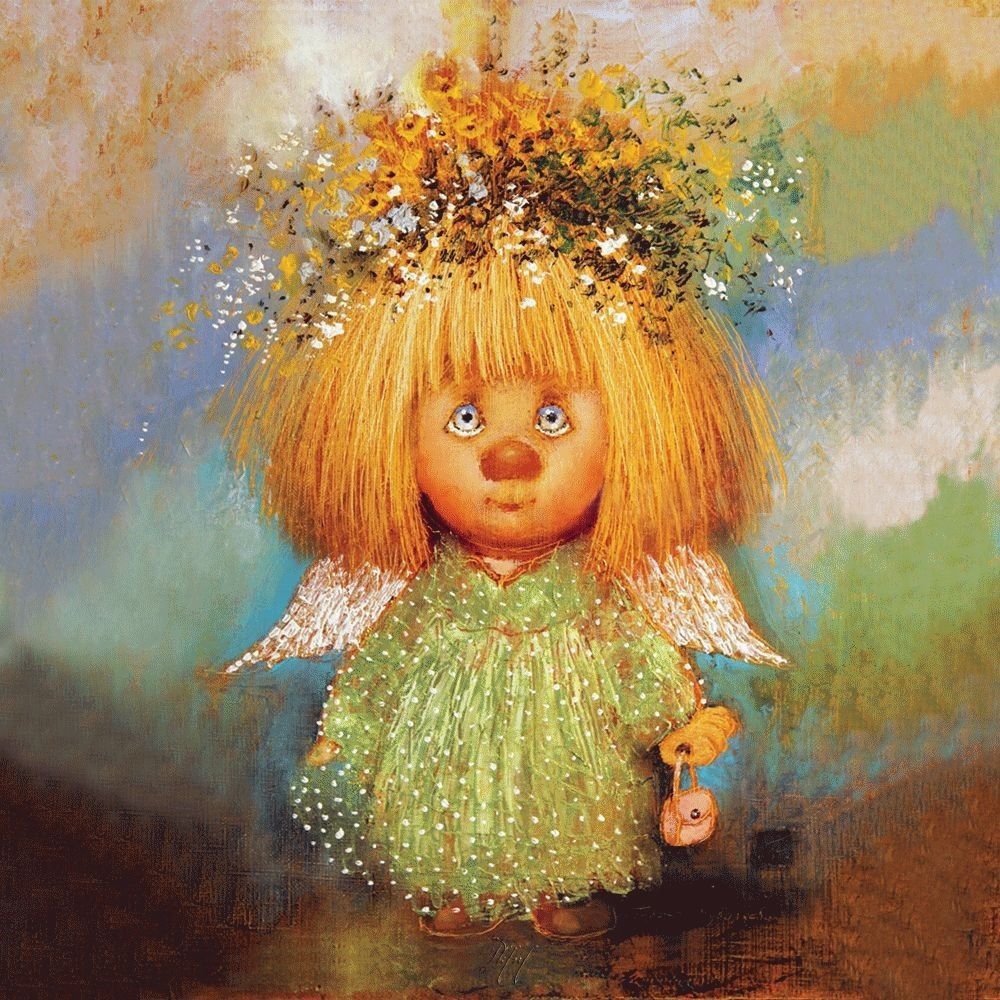A consummate example of
Bouguereau's🎨 ability to render tender portraits of children,
Italien à la mandoline depicts a young peasant boy holding his elegant instrument.
Although images of boys are rare in Bouguereau's oeuvre, perhaps, as Damien Bartoli suggests, because of the artist's difficult relationship with his own father, this youth appears in three other works which date to this same period -
Pifferaro (1870)🎨,
Pifferaro (1874)🎨 and
Enfant Italien tenant une croûte de pain (
1874).
With his flushed plump pink cheeks and sparkling eyes, this lad appears as the very embodiment of youth. As he stares languidly off into the distance, there is a sweet innocence about him that reminds one of the halcyon days of childhood.
By the time Bouguereau painted Italien à la mandoline, he had already gained considerable recognition in Paris where he regularly exhibited at the Salon.
But Bouguereau was born in the countryside and his heart remained there, leading him to spend long stretches outside of Paris painting the monde paysan; the subject for which he is most remembered today.
Italien à la mandoline thus represents Bouguereau doing what he loved most, painting the French peasantry, whom he perceived as embodying beauty, purity and hope, the central principles of his artistic philosophy. | Christie's
Esemplare esempio della capacità di Bouguereau di rendere teneri ritratti di bambini, Italien à la mandoline raffigura un giovane contadino che regge il suo elegante strumento.
Sebbene le immagini di ragazzi siano rare nell'opera di Bouguereau, forse, come suggerisce Damien Bartoli, a causa della difficile relazione dell'artista con il proprio padre, questa giovinezza appare in altre tre opere che risalgono a questo stesso periodo:
Con le sue guance paffute paffute e gli occhi scintillanti, questo ragazzo appare come l'incarnazione stessa della giovinezza. Mentre fissa languidamente in lontananza, c'è una dolce innocenza su di lui che ricorda uno dei giorni felici dell'infanzia.
Quando Bouguereau dipinse Italien à la mandoline, aveva già ottenuto notevoli riconoscimenti a Parigi, dove esponeva regolarmente al Salon.
Ma Bouguereau nacque in campagna ed il suo cuore rimase lì, portandolo a trascorrere lunghi tratti fuori Parigi dipingendo il monde paysan; il soggetto per il quale è più ricordato oggi.
Italien à la mandoline rappresenta così Bouguereau facendo ciò che amava di più, dipingendo i contadini francesi, che considerava incarnanti bellezza, purezza e speranza, i principi centrali della sua filosofia artistica. | Christie's
William-Adolphe Bouguereau | Pifferaro, 1870 | Christie's (detail)
William-Adolphe Bouguereau | Pifferaro, 1874



